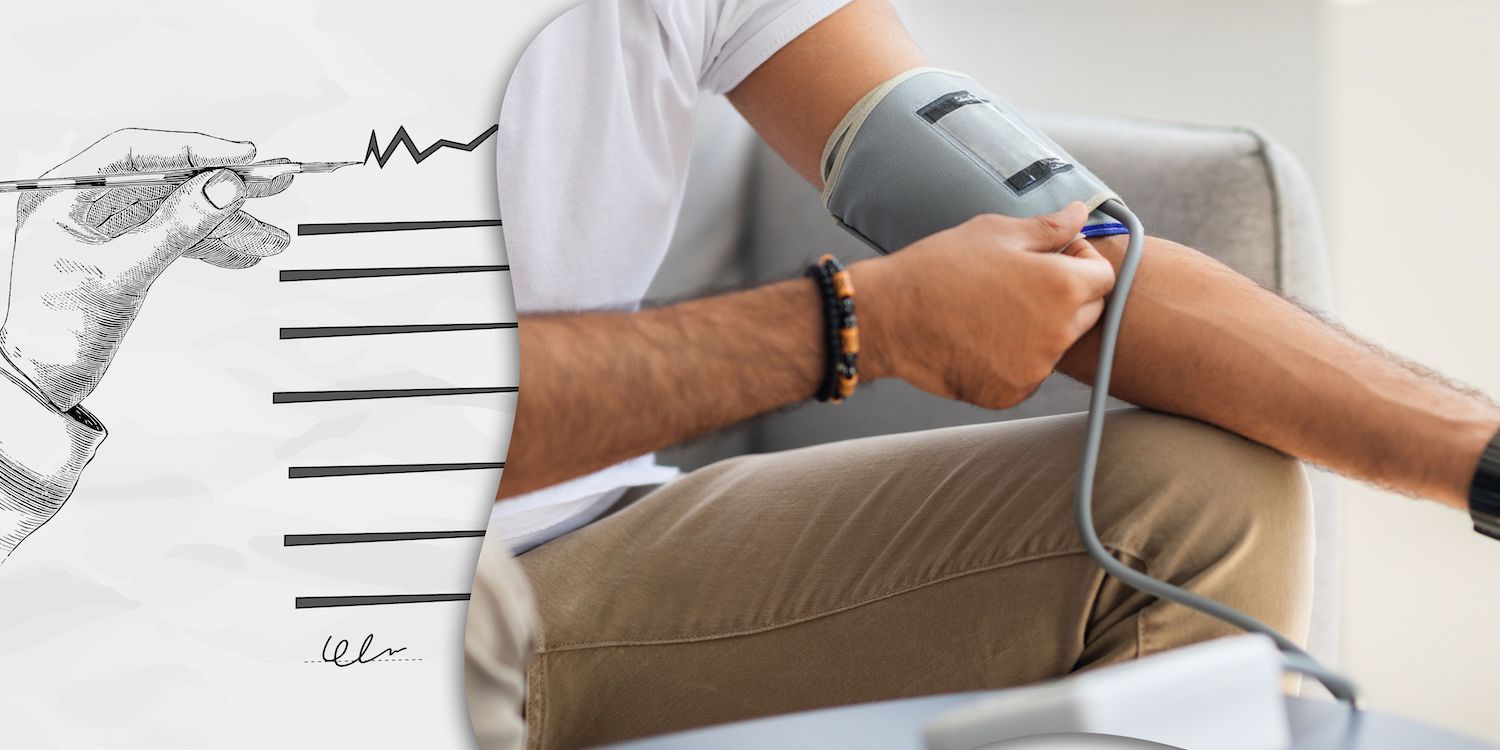connect regularly with your care provider
part of living with a chronic disease is seeing your healthcare provider for expert monitoring. typically, antihypertensive medication is prescribed and then patients are followed to see if adjustments in dosages or different medications will be more effective.
the challenge is the rising number of people without access to a family doctor and consistent care. as lindsay notes, this also leads to less screening for high blood pressure and poor management of the disease.
“i’ll hear from people who say they were prescribed medication for a month. ‘i took it for a month, my blood pressure came down, so i’m all good now.’ of course, when they stop the medication, their blood pressure goes back up again.”
access to medication is also an issue, she adds. “in rural, remote communities where even if people have the diagnosis, they may not have access to medications or may not be able to afford the medications. i often hear people tell me, ‘it was prescribed for three times a day, but i can’t really afford it, so i’m only taking it once a day.’ that is not uncommon, but the medication is not going to do its job.”
dr. dylan blacquiere, stroke neurologist at the ottawa hospital and assistant professor of medicine at the university of ottawa, acknowledges the gap in public knowledge about hypertension and healthcare providers’ ability to diagnose, treat and help people manage the disease. he sees patients with acute stroke or bleeding in the brain whose blood pressure may have been uncontrolled for years.
 9 minute read
9 minute read


















